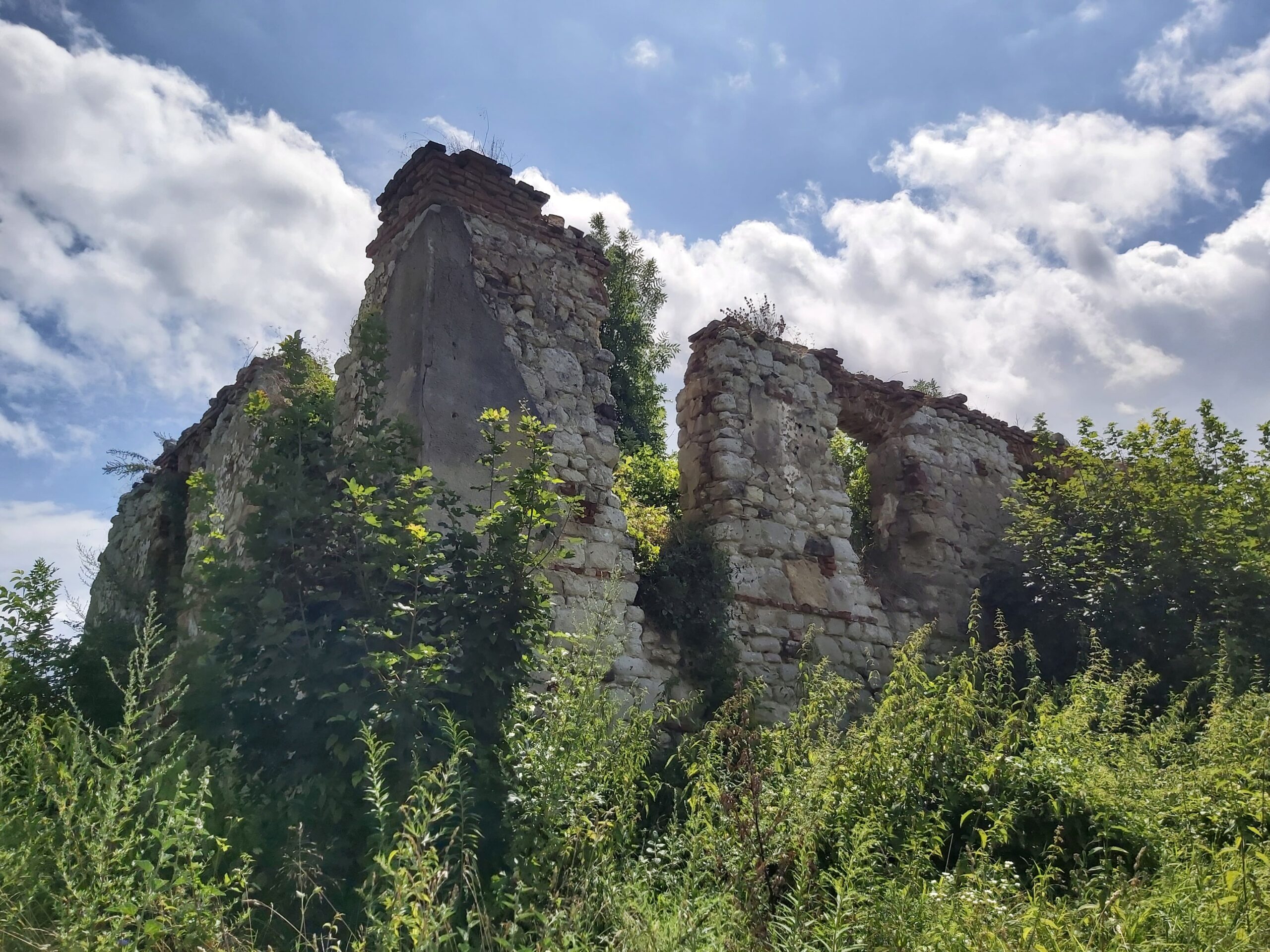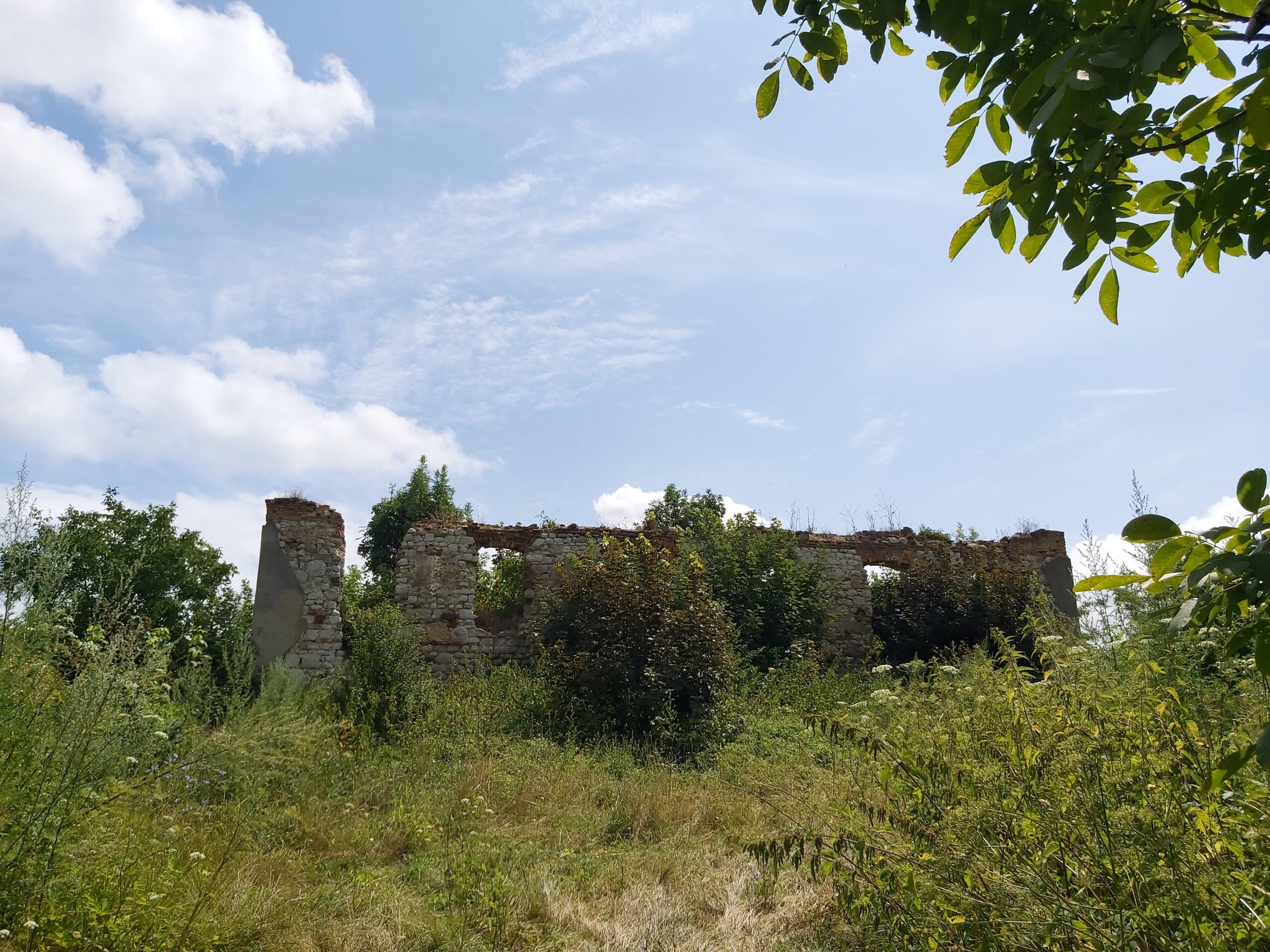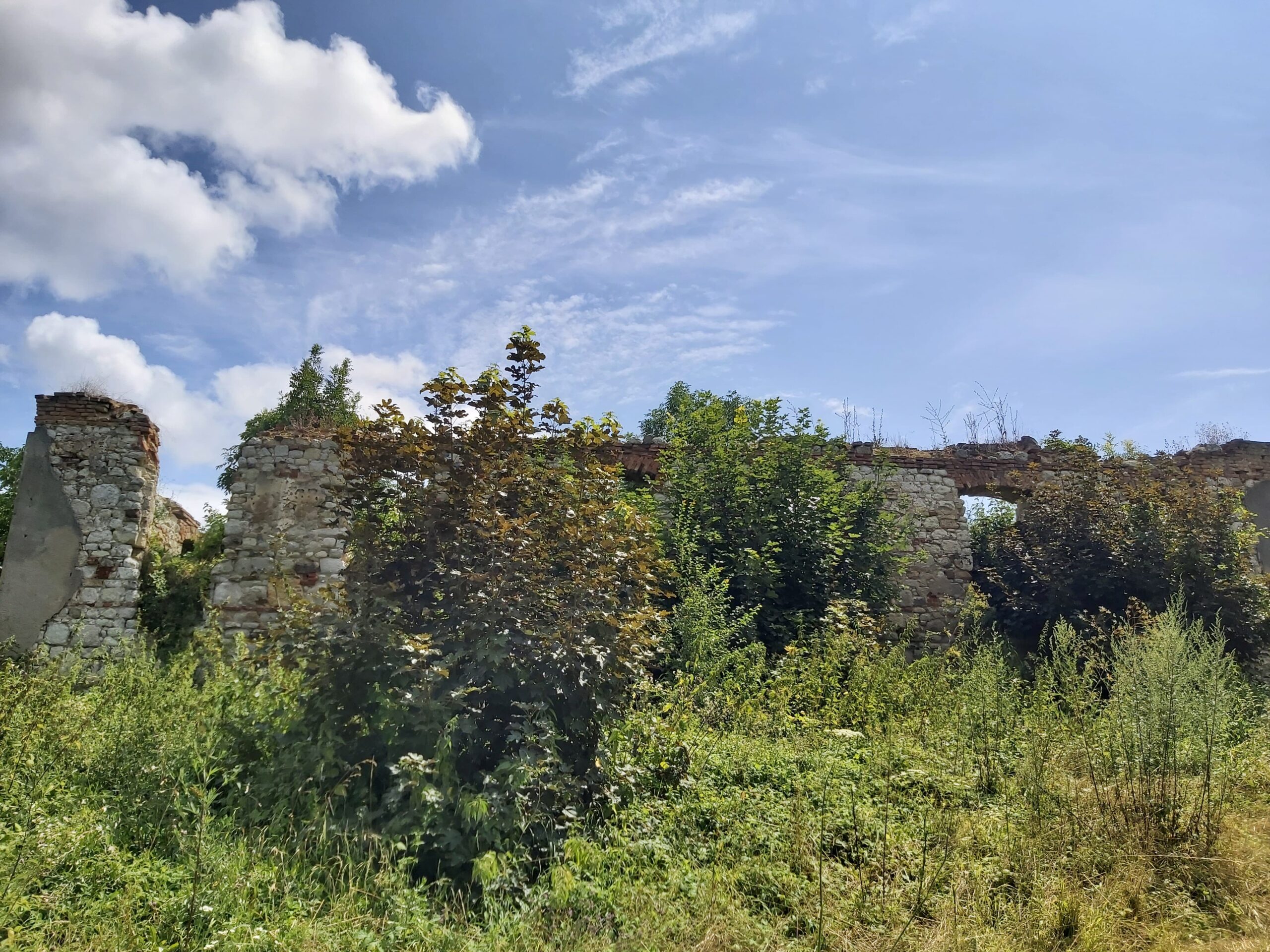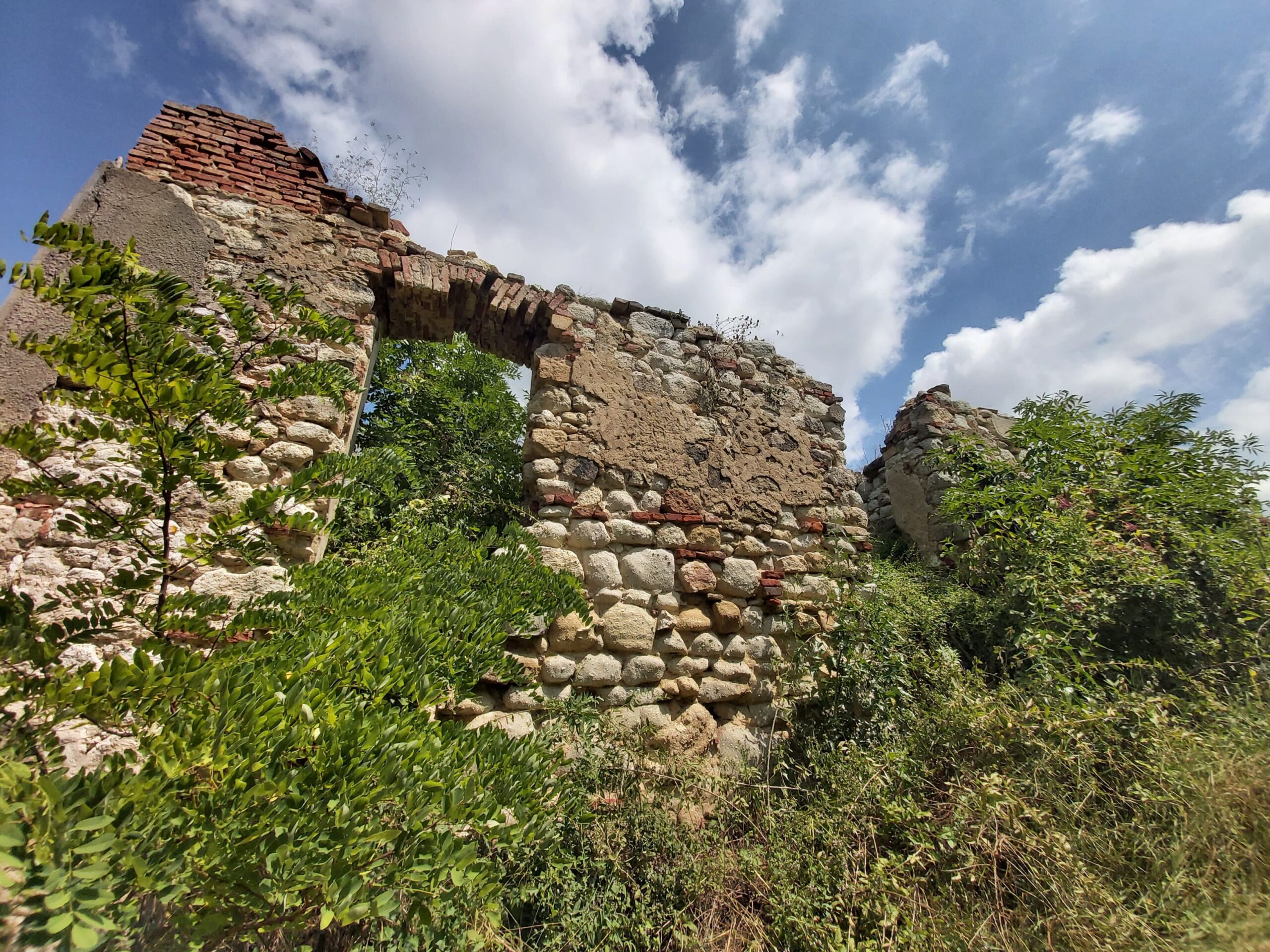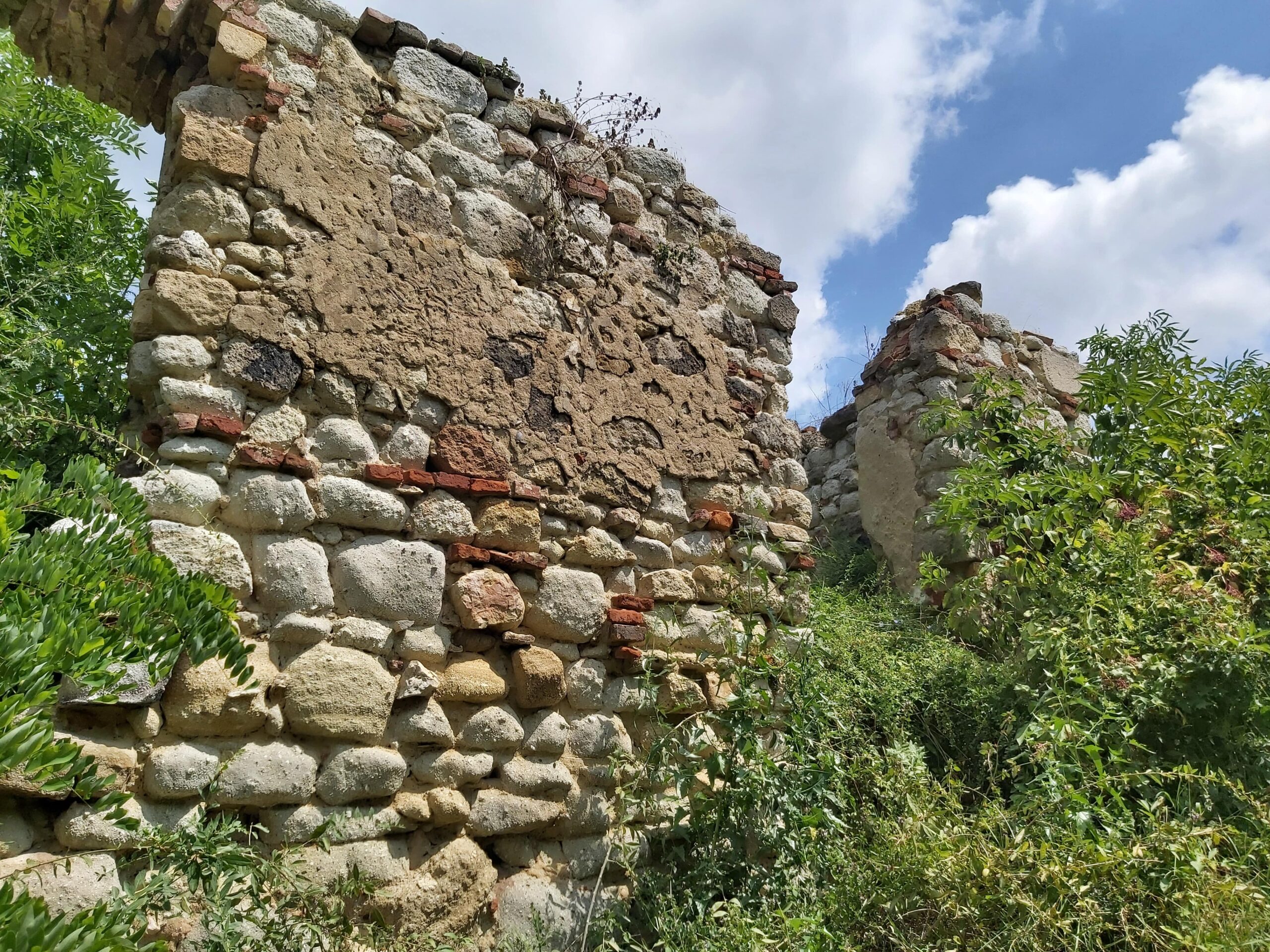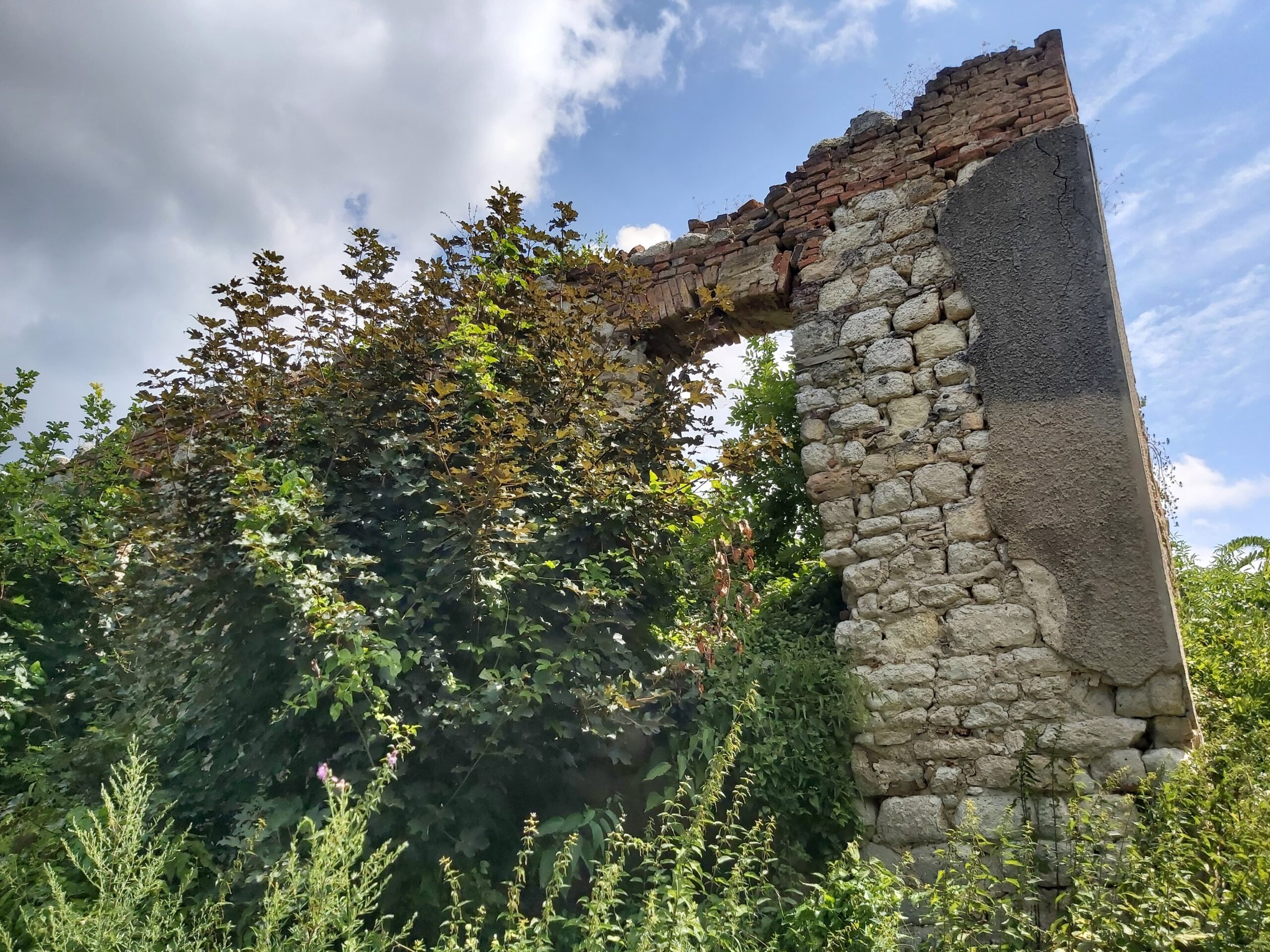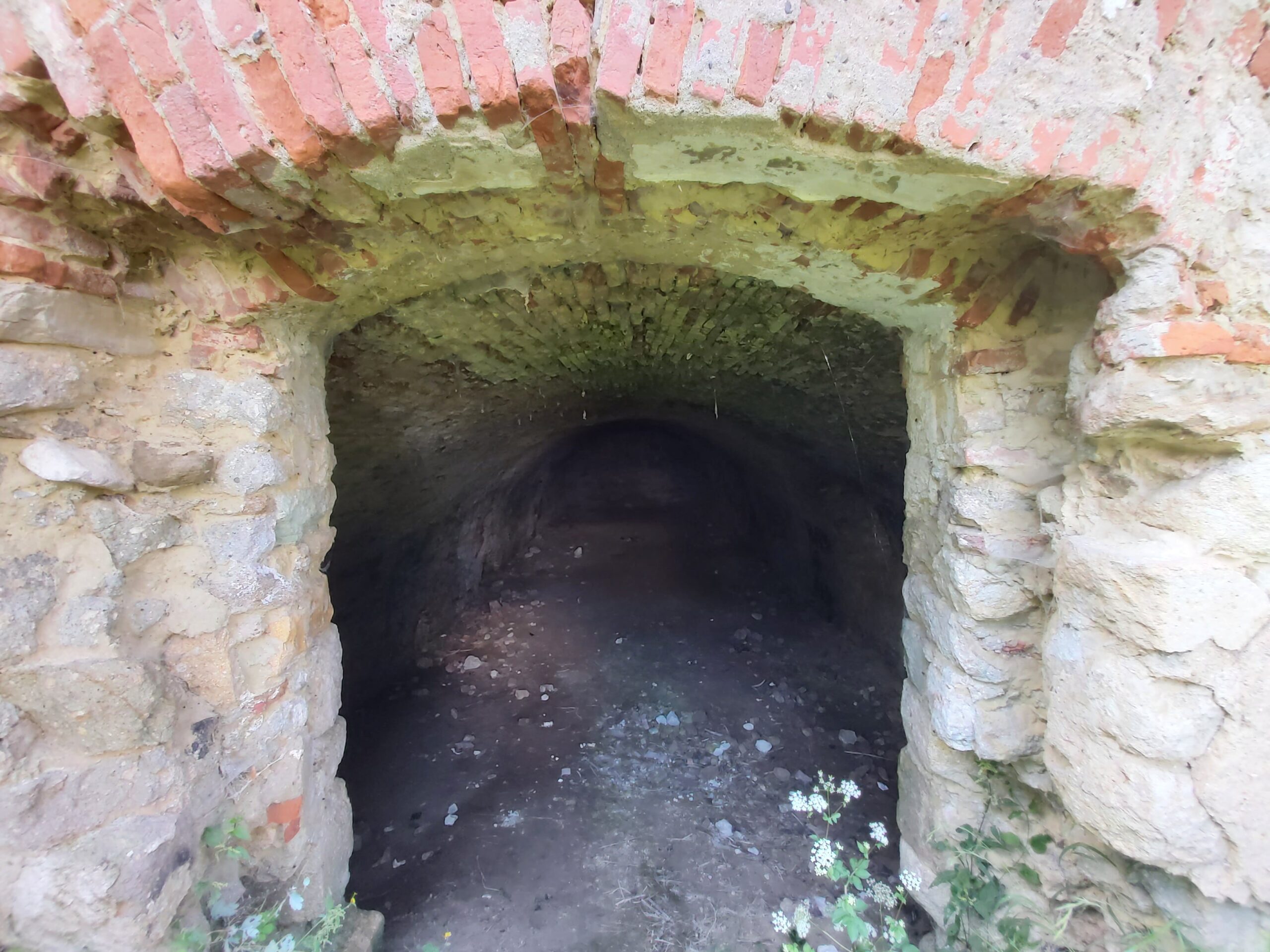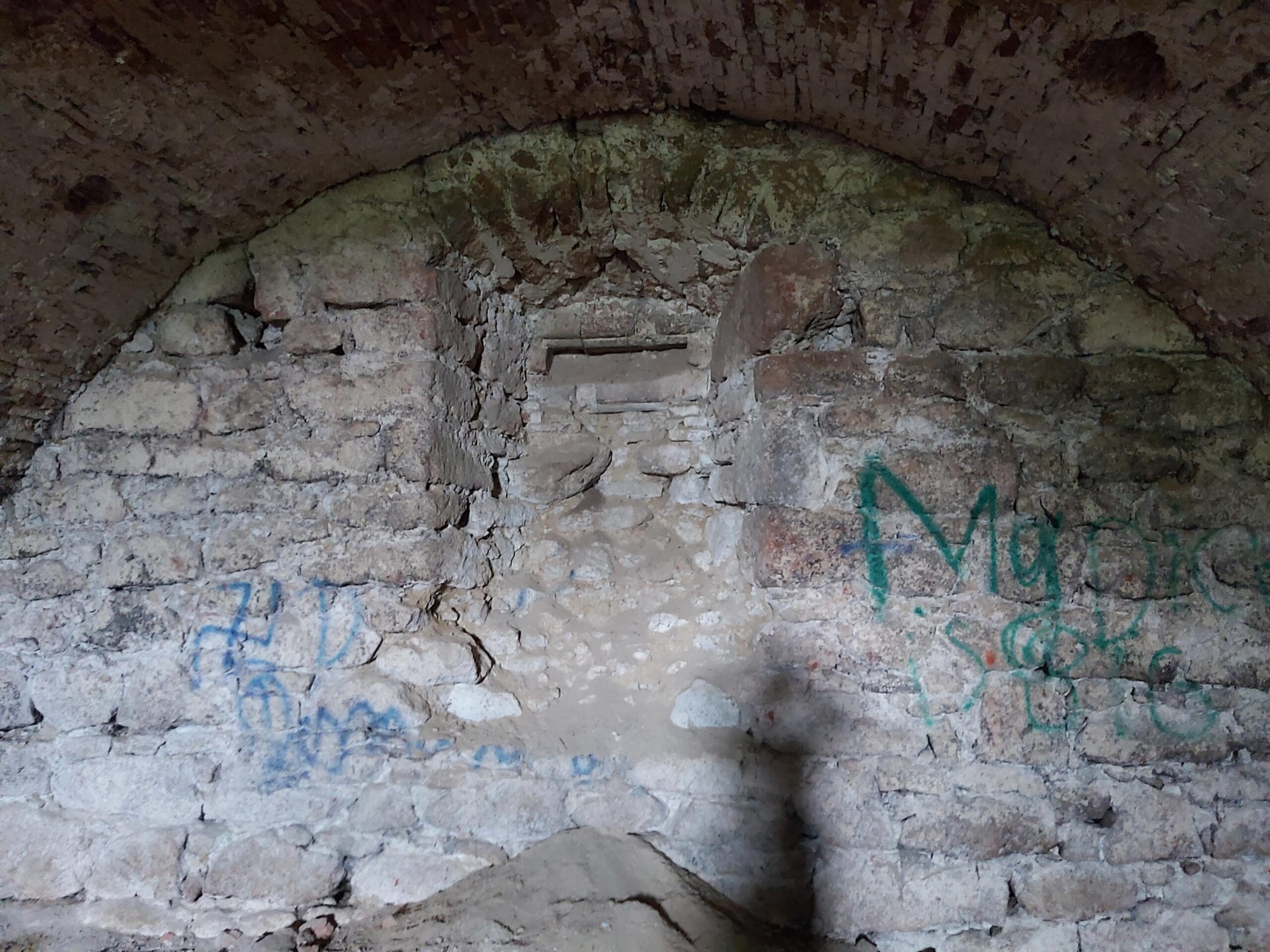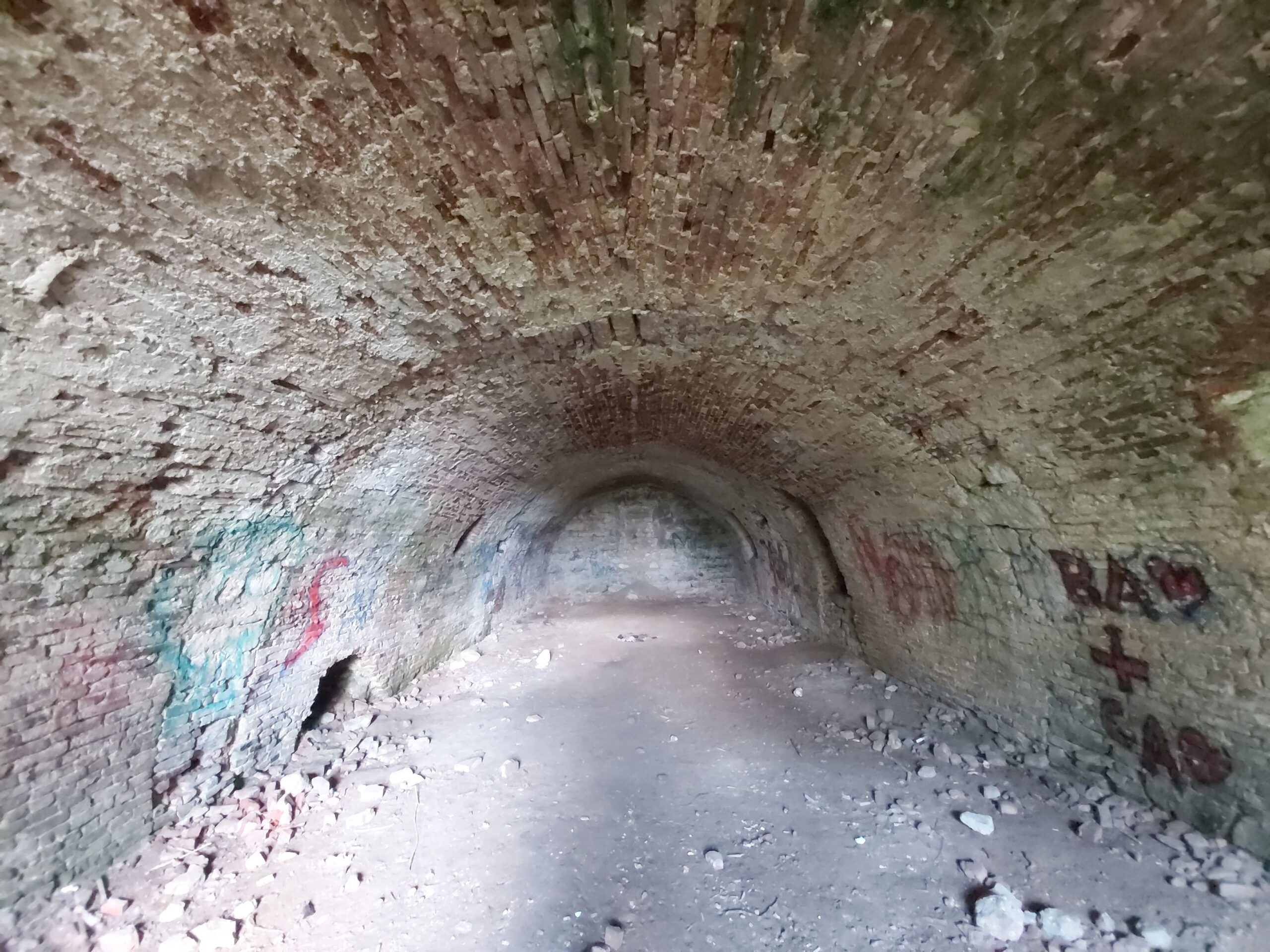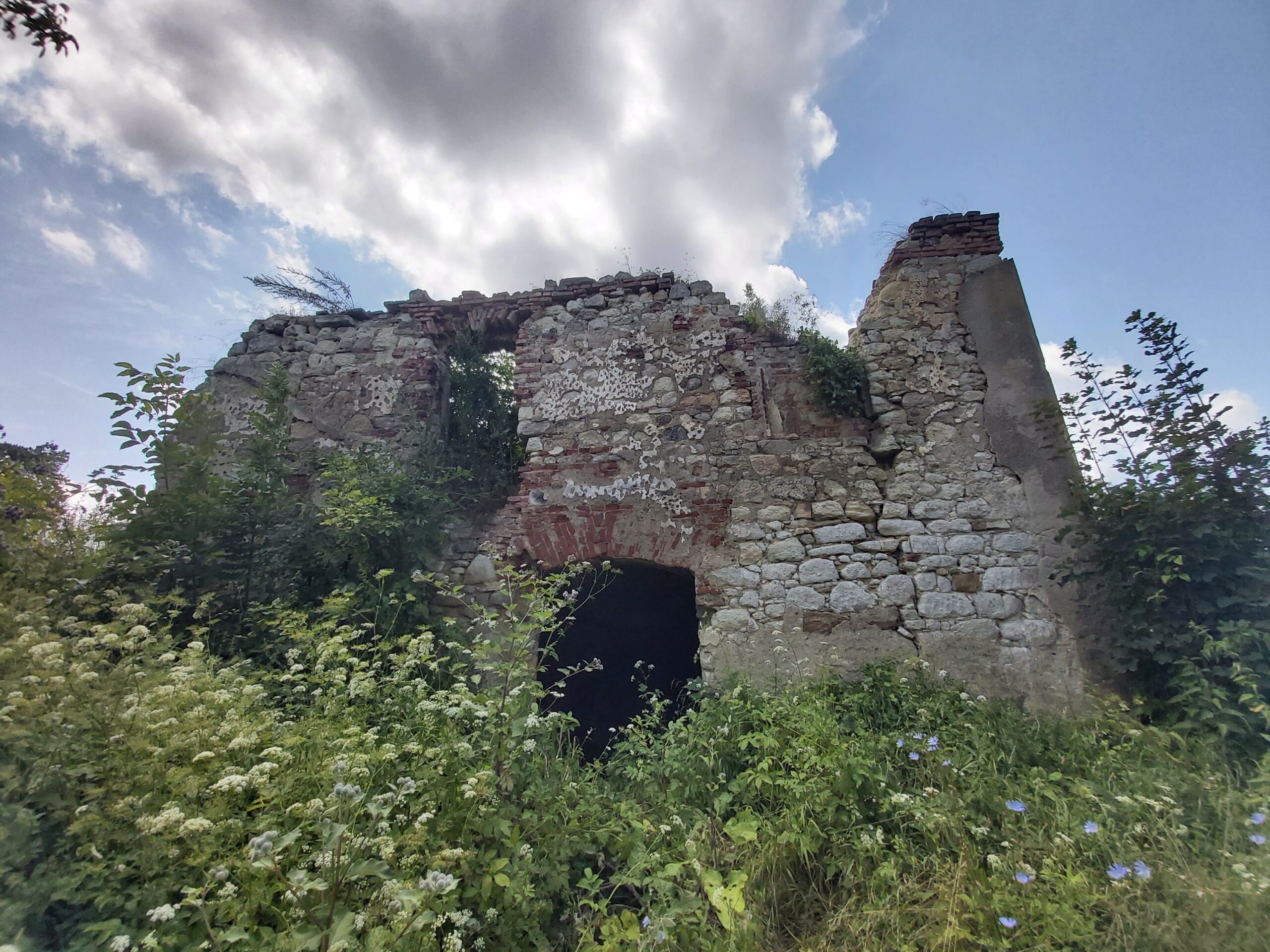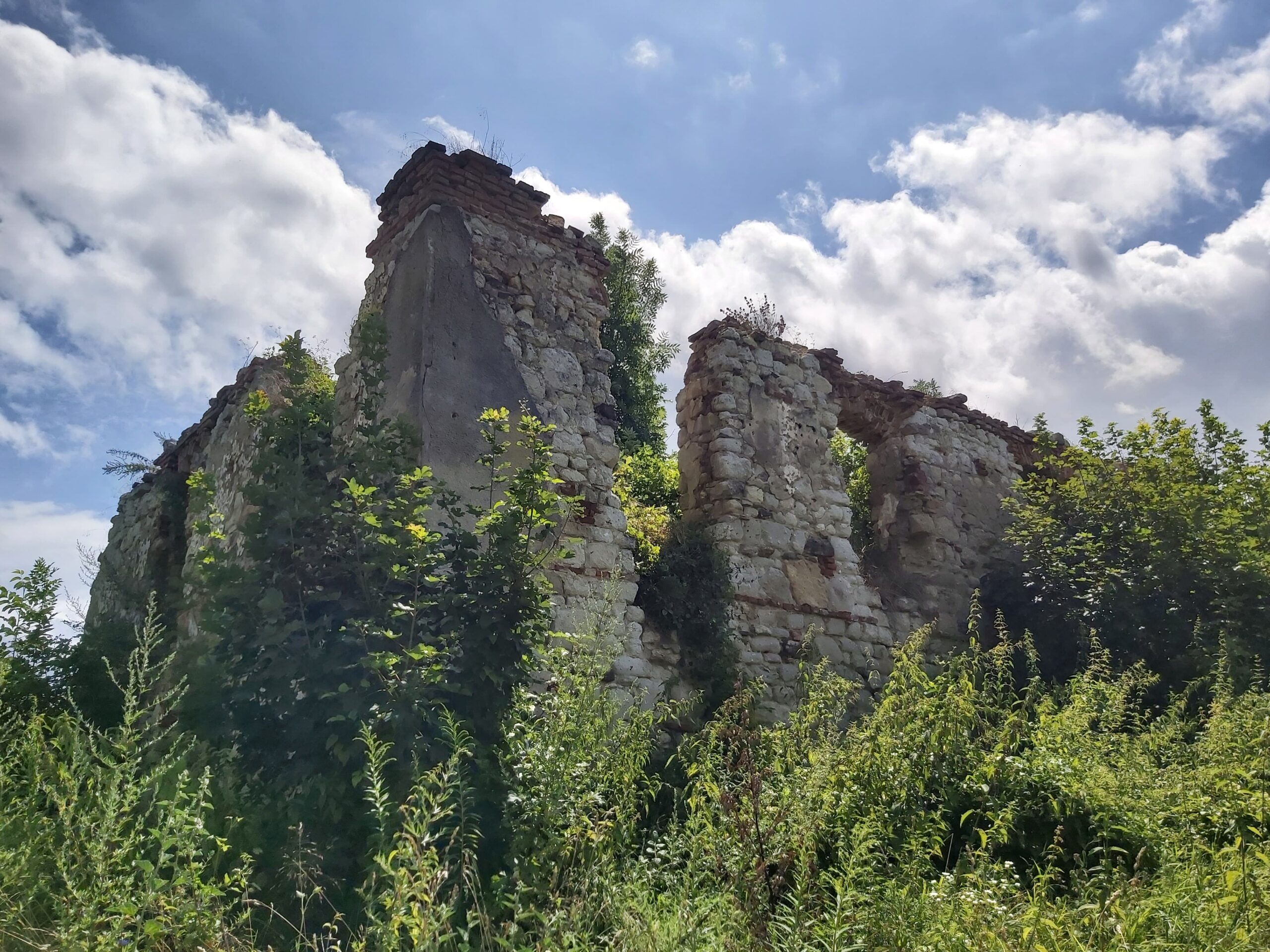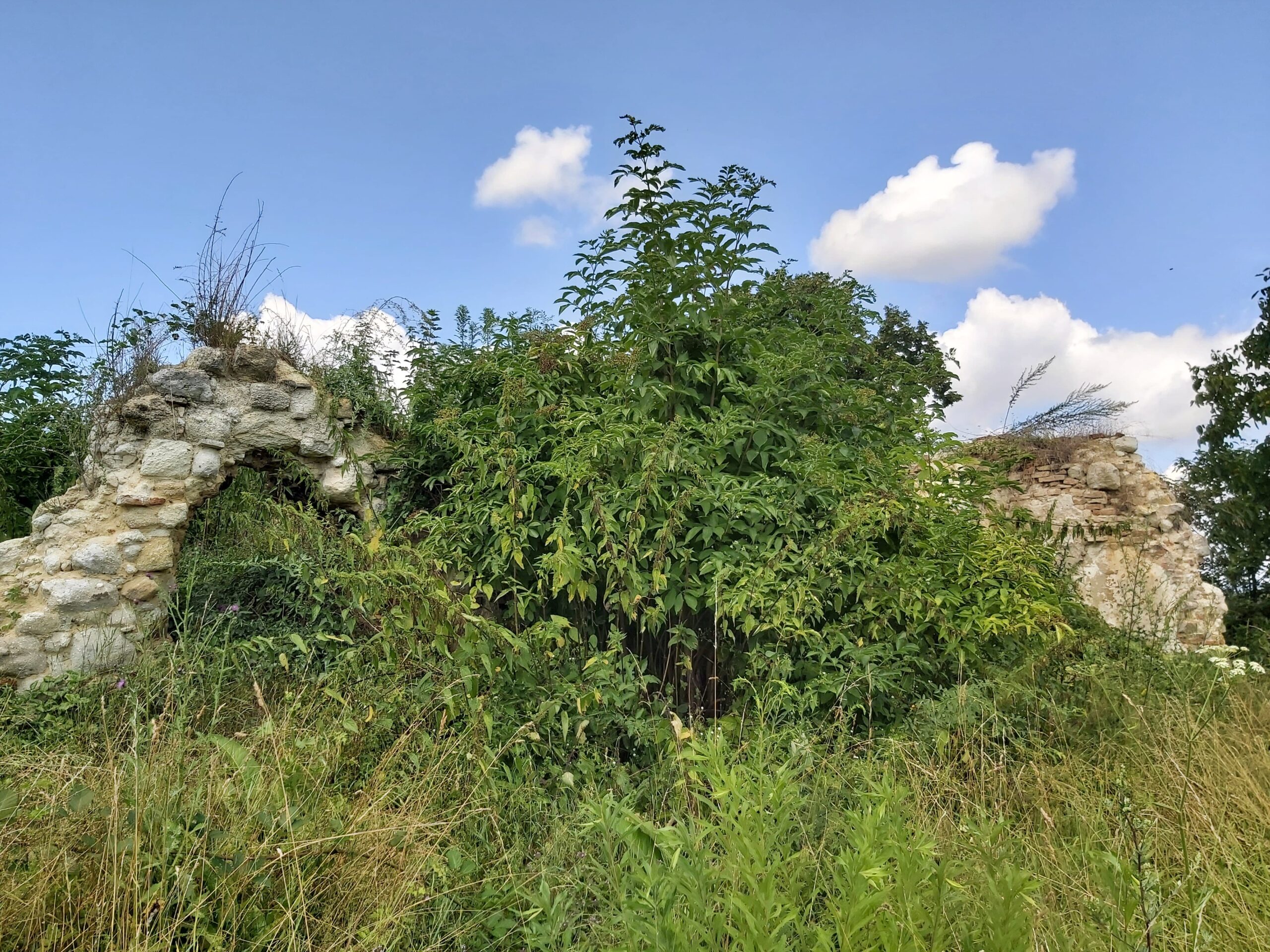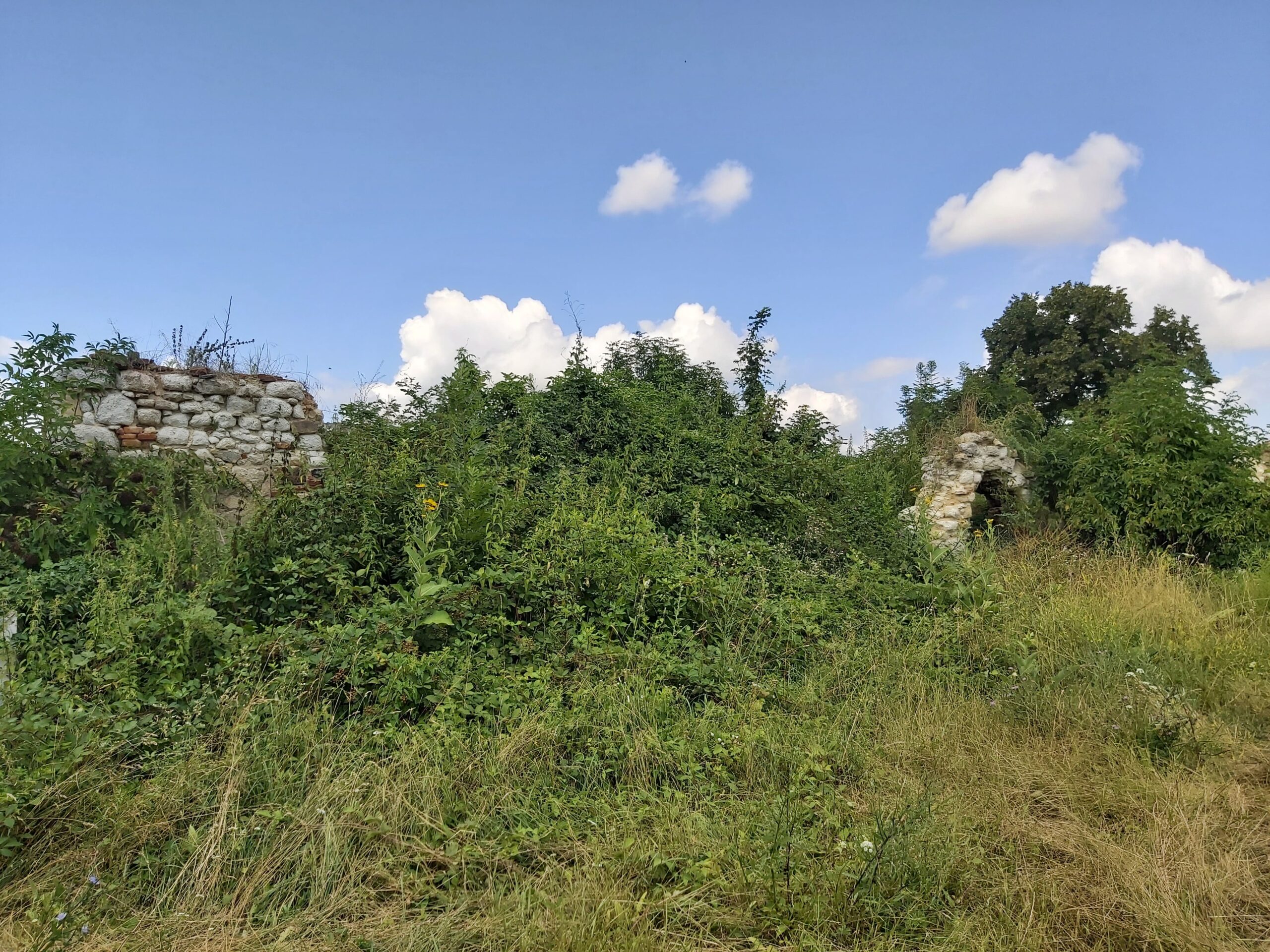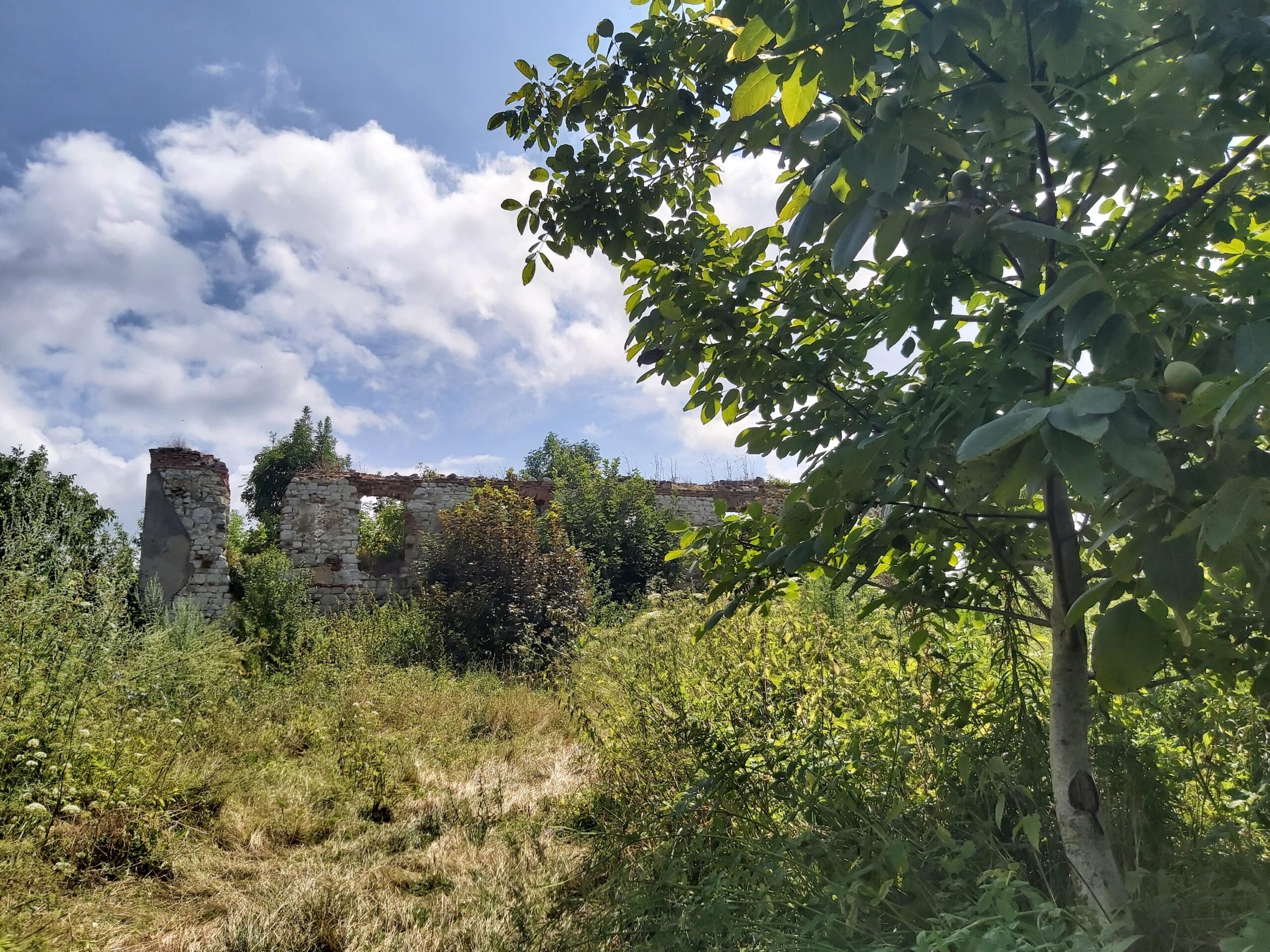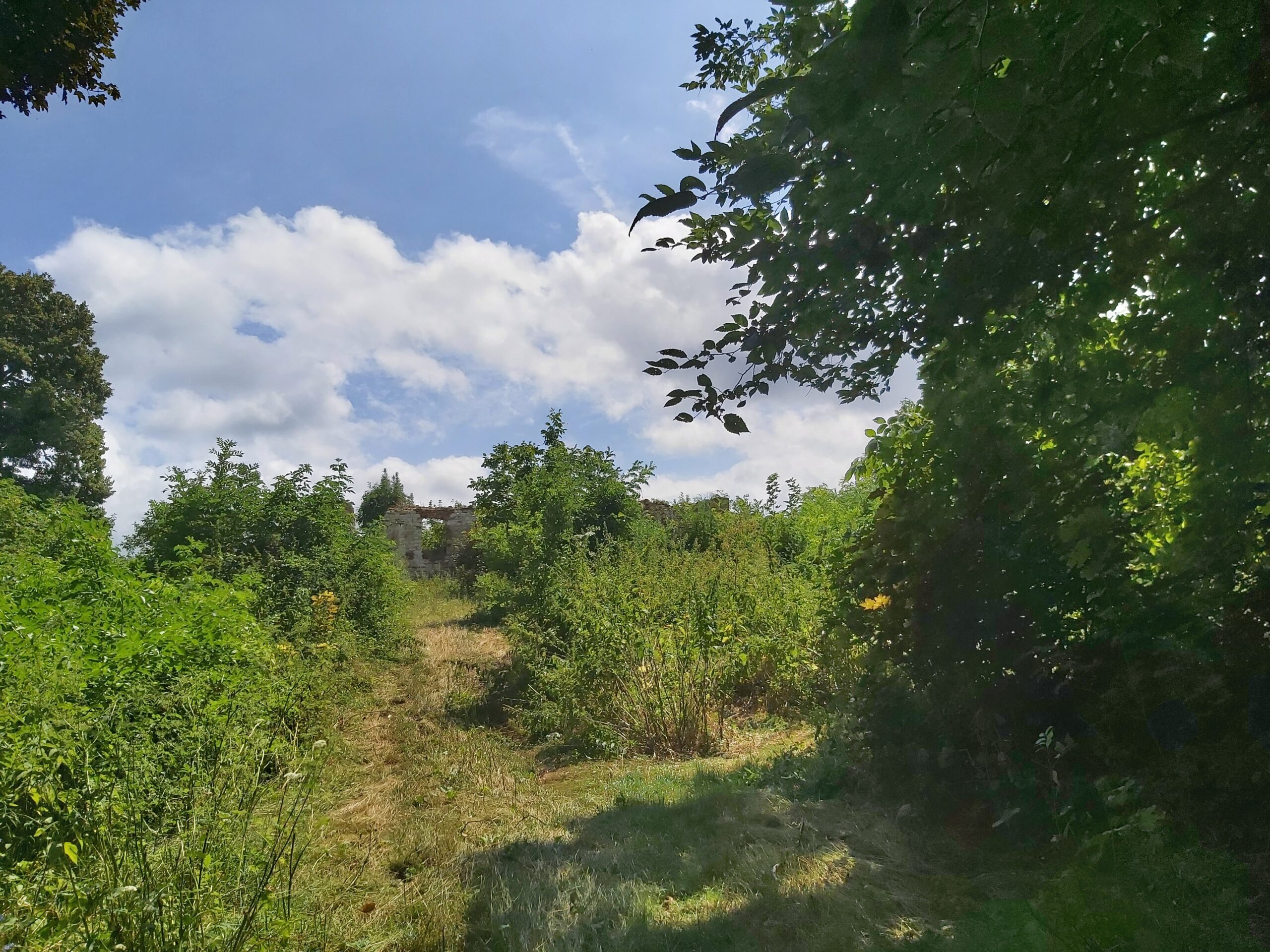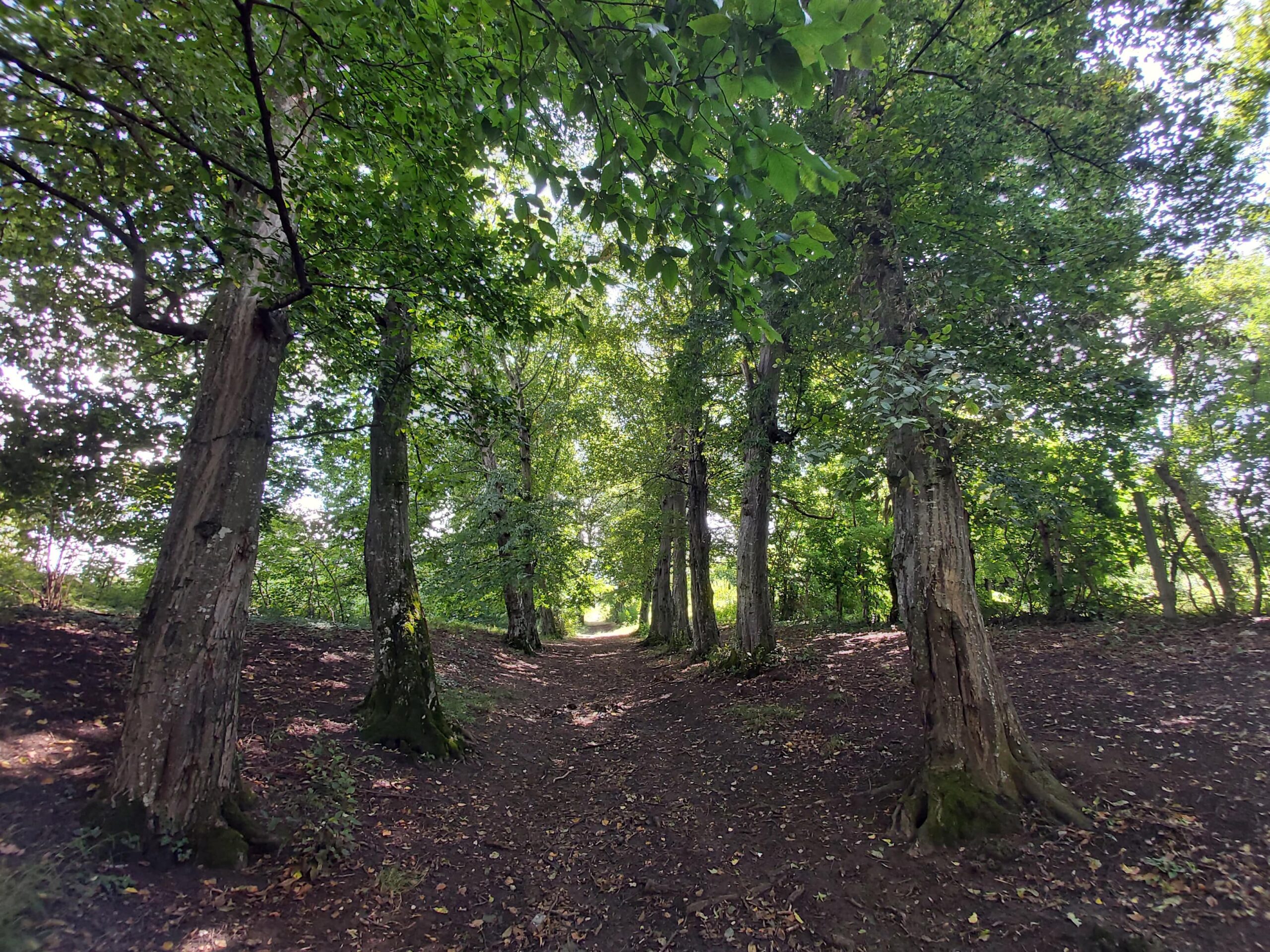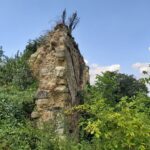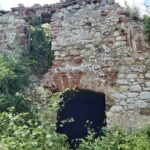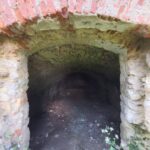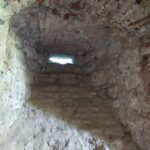Cehu Silvaniei (Szilágycseh, Bömischdorf) – Sălaj County
With a history spanning over seven centuries, the fortified castle of Cehu Silvaniei — Cehu Castle — was once an important landmark in the history of the region of Silvania. Today, the remaining walls of the Thököly Castle stand probably only thanks to the shame that caught up with those who stole everything they could from the fortification.
The castle in Cehu Silvaniei, once a border fortress after the fall of Oradea
First mentioned in a document dated June 21, 1319, when Charles Robert of Anjou, the King of Hungary, granted it along with other properties to Dezső Elefánti, the royal fortress of Cehu Silvaniei was originally a construction of earth and wood. Later, on the domain acquired by the Drágffy family in 1464, a fortified castle was built, as indicated by the 1526 will of János Drágffy of Béltek, who was killed in the devastating battle of Mohács in the same year. Over the following years, the fortified castle passed into the hands of György Báthory, then was given to László Gyulafi of Rátót following his betrayal.
Besieged by Prince Gábor Bethlen in 1616 due to the lack of loyalty of its then-owner, Zsigmond Prépostvári, the fortified castle of Cehu Silvaniei was strengthened and became a border fortress with the fall of Oradea in 1660. Inherited by the family of Prince Imre Thököly of Késmárk in 1671, hence also known as Thököly Fortress, the fortified castle was later acquired by Mihály Apafi II (1685), and then even came into the possession of the Wesselényi family, according to a study by Ernest Wagner.
The unique objective of the fortified castle of Cehu Silvaniei... destroyed by a tractor!
Devastated by Austrian imperial troops, besieged by the Ottoman army, and becoming a focal point of the revolutionary movements in 1848, the fortified castle of Cehu Silvaniei lost its outer walls sometime in the 19th century, the stones being scattered. The remaining central building, the Bornemissza Mansion, became the headquarters of the agricultural enterprise after nationalization. After the Romanian Revolution, specifically since 1993, the locals have stolen everything they could from this structure as well, including the angel-adorned fireplace in the main hall.
One of the few remaining attractions at the fortified castle of Cehu Silvaniei is the Renaissance-style carved stone fountain, unique in Transylvania, known as the „Thököly Fountain”. According to the locals, legend says that there is a secret tunnel in the fountain, several kilometers long, leading to another fountain, the Kincses Fountain, located near the road to Zalău. Villagers say that a goose was thrown into the fountain, later seen emerging from the Kincses Fountain’s entrance. A few years ago, however, the decorated stone ring was struck by a tractor, causing a large piece to fall into the deep and wide well!
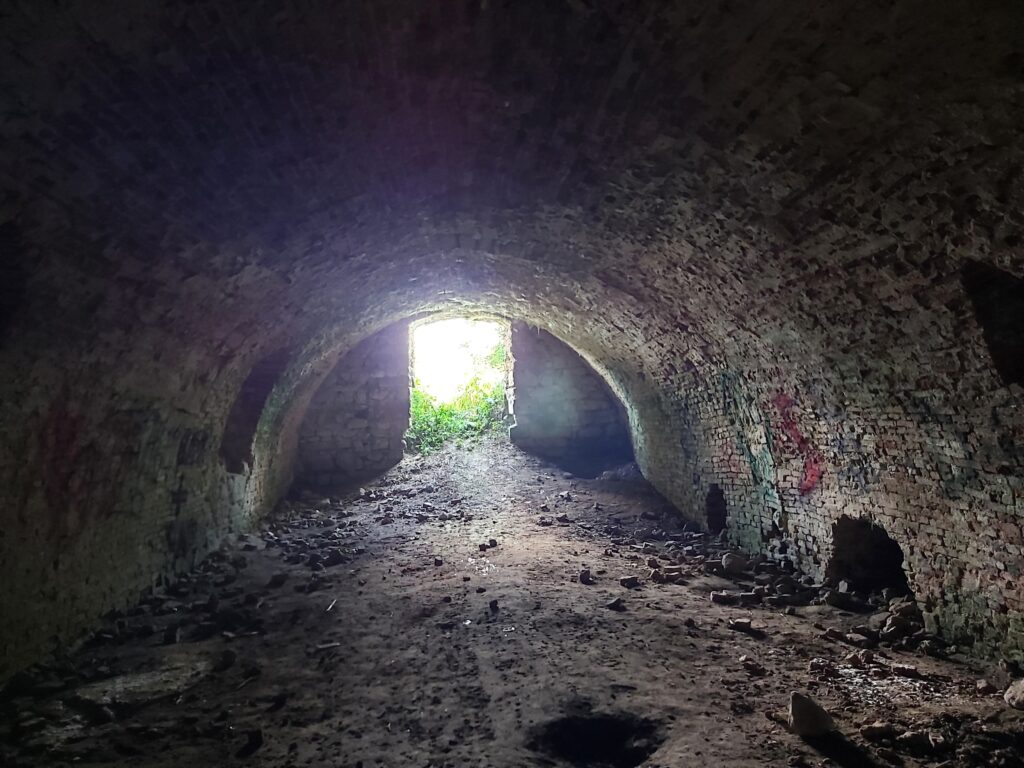
Overgrown with vegetation and without tourist markers, the fortified castle of Cehu Silvaniei can be reached by passing between two beautiful rows of trees, offering a beautiful view regardless of the season. The surprisingly well-preserved cellar, the truncated fountain, and the remaining walls still await someone to embrace them, even if full reconstruction is impossible. Who dares to value the historic monument…?

